In this article, I’ll be discussing nutrition and hydration tips for the Orange Challenge event.
Firstly nutrition is a very personal topic. Many people have their own individual needs and opinions on nutrition. This article is designed to give overall guidelines for nutrition so as to help you decide on what’s going to be best for you in your training leading up to the event as well as on the day.
But before we get into it, I recommend that you download your FREE high-level training program for Orange Challenge by using the following link:
Click here to download your FREE 12-week training program for the Orange Challenge
Nutrition Guidelines
On the ride, I recommend that you consume around 30-60 grams of carbohydrate per hour. There is another formula which is 1 gram of carbohydrate per kg of body weight per hour (70kg rider would be then consuming 70 grams of carbohydrate an hour) but this is more suited to cyclists that are racing at high intensities rather than an endurance recreational rider undertaking the Orange Challenge.
This carbohydrate requirement can be met by consuming a variety of combinations of sports drinks, sports bars and gels and normal food like fruit, ANZAC biscuits, fruit cake, and sandwiches.
There is not one single food item or sports drink that is universally better than any other. If you ask ten cyclists about the food they eat on an event like this, you’ll get ten different answers so it comes down to your own personal choice.
The faster you go, the more you’ll probably be relying on products that can be consumed and digested quickly like sports drinks, gels, and sports bars. If you are riding at a leisurely pace, then “real” food like bananas and fruitcake are great options.
Most products now have their carbohydrate content listed on the outside of the packet. So this makes it relatively easy to work out how many of them you’ll need to eat per hour.
Most gels and sports bars contain around 20-30 grams of carbohydrate so consuming two to three of these products per hour will meet the majority of most people needs.
Also, people with larger builds (heavier) consume more carbohydrate per hour than smaller (lighter) built people. Please take this into consideration when working out your nutrition plan.
Remember that these are guidelines only!
As everyone has their preference to the type of food they prefer to consume, I strongly recommend that you start to experiment now to work out your nutritional requirements during your training rides leading up to the Orange Challenge event.
Also, this article only discusses the current mainstream nutritional strategies. In recent years, there has been a resurgence of discussion around nutritional metabolic efficiency protocols. While many of these are still experimental, we have had good success with protocols that help improve metabolic efficiency. These protocols are mainly focused on reducing your daily consumption of high GI carbohydrates. By doing so, you should find that within a few weeks you’ll be able to burn more of your fat reserves at higher intensities. Details on this and the protocols used are beyond the scope of this article.
Hydration Guidelines
The fluid you drink while riding is taken to replace water and electrolytes lost through perspiration. You also lose fluid when you breathe, but this is of lesser importance. So, the main driver for hydration is dictated by how much you sweat.
So, the amount of fluid you’ll consume will vary depending on how hot it is when you are riding and how much you perspire.
The hotter the day and the more you perspire so, the more fluids and electrolytes you’ll need to replace. Again, everyone has their specific hydration needs, so it’s important to experiment while out riding until you find out what works for you.
Hydration can be complicated further because many people rely on the carbohydrate in the sports drinks to provide them with their fuel as well.
On cooler days, riders may not be drinking enough of their sports drink to meet their 30-60 grams of carbohydrate per hour requirements.
If this is the case then supplementing sports drink with a snack will help. Drinking too much on a cooler day means you may need to go to the toilet more often to expel the extra water.
Also, on the hottest part of hot days, you may not be able to consume enough fluids. If you know that you are going to be riding through the middle part of a hot day, it’s important to ensure that you keep on top of your hydration earlier on in the ride.
By doing this, you’ll be less likely to run into a hydration deficit before the mid-day heat.
Having a headache is a sure sign that you are dehydrated. Having to go to the toilet regularly during a ride is a sign that you are drinking too much.
All the best with your training for the Orange Challenge.

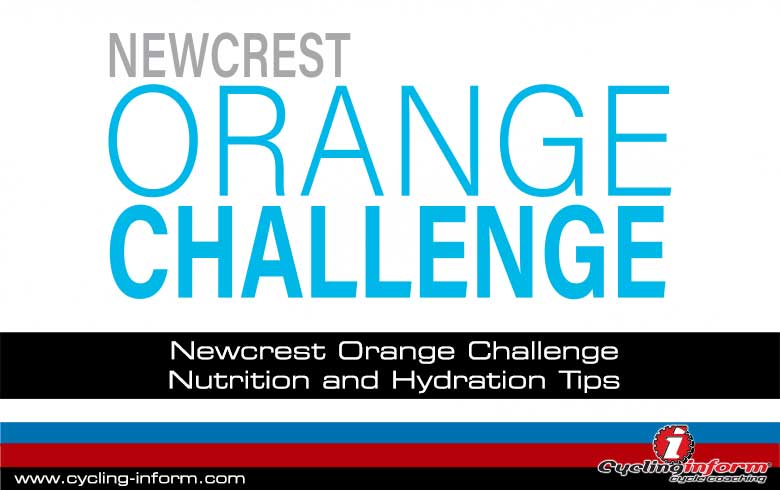
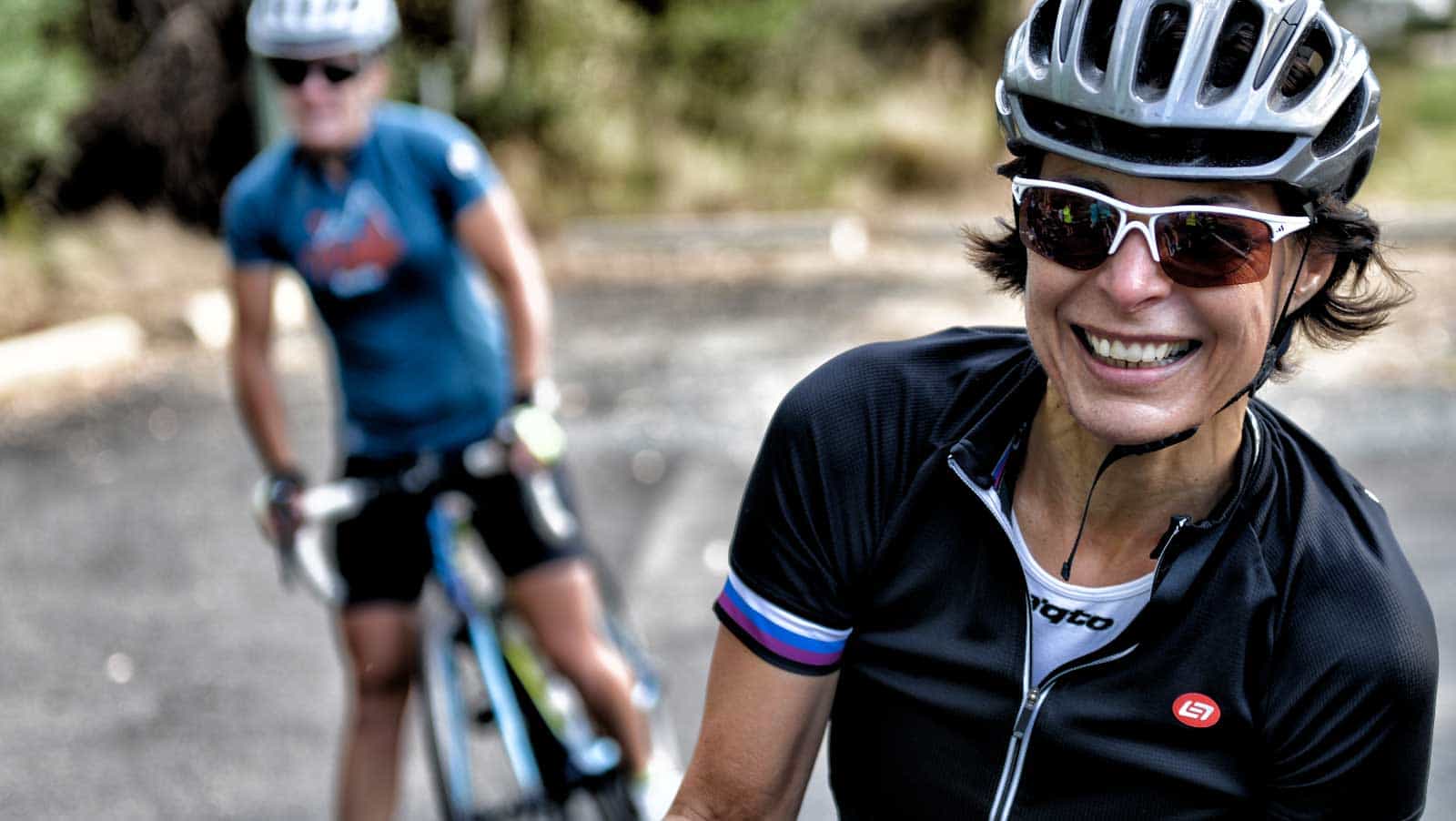
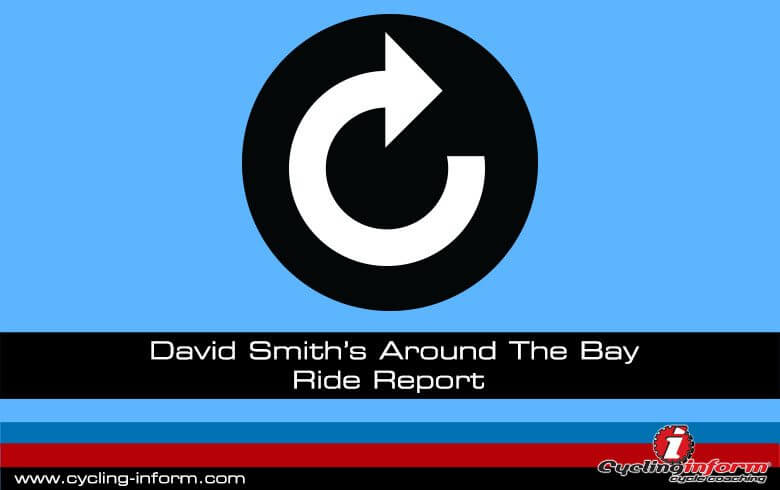
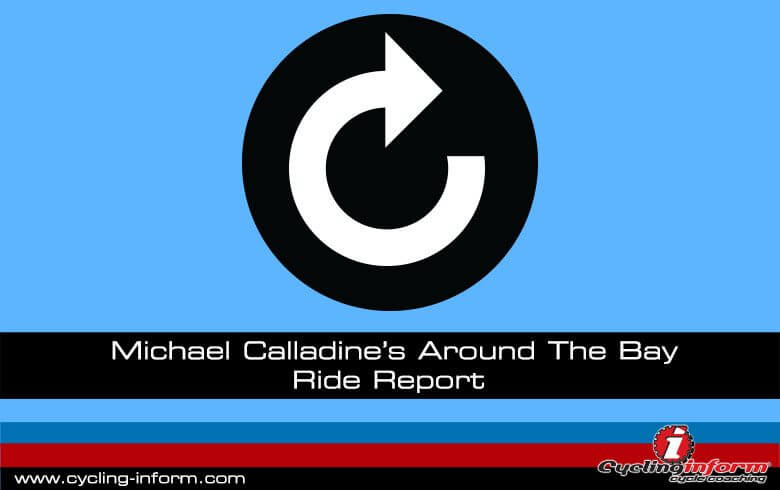
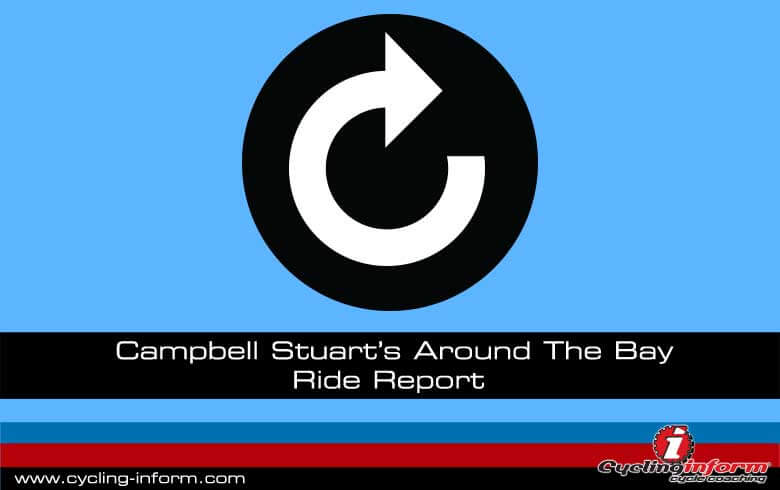
Leave A Comment